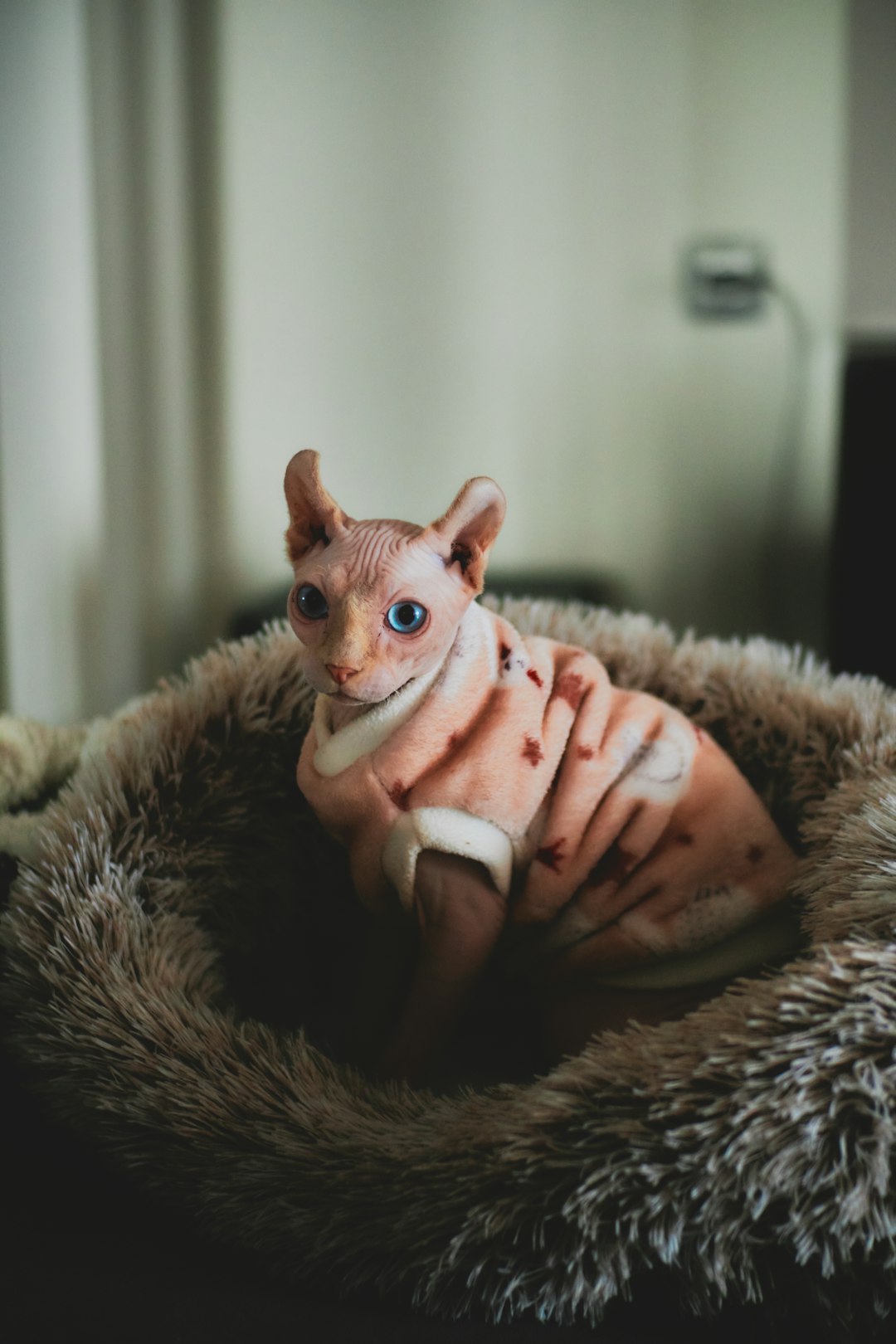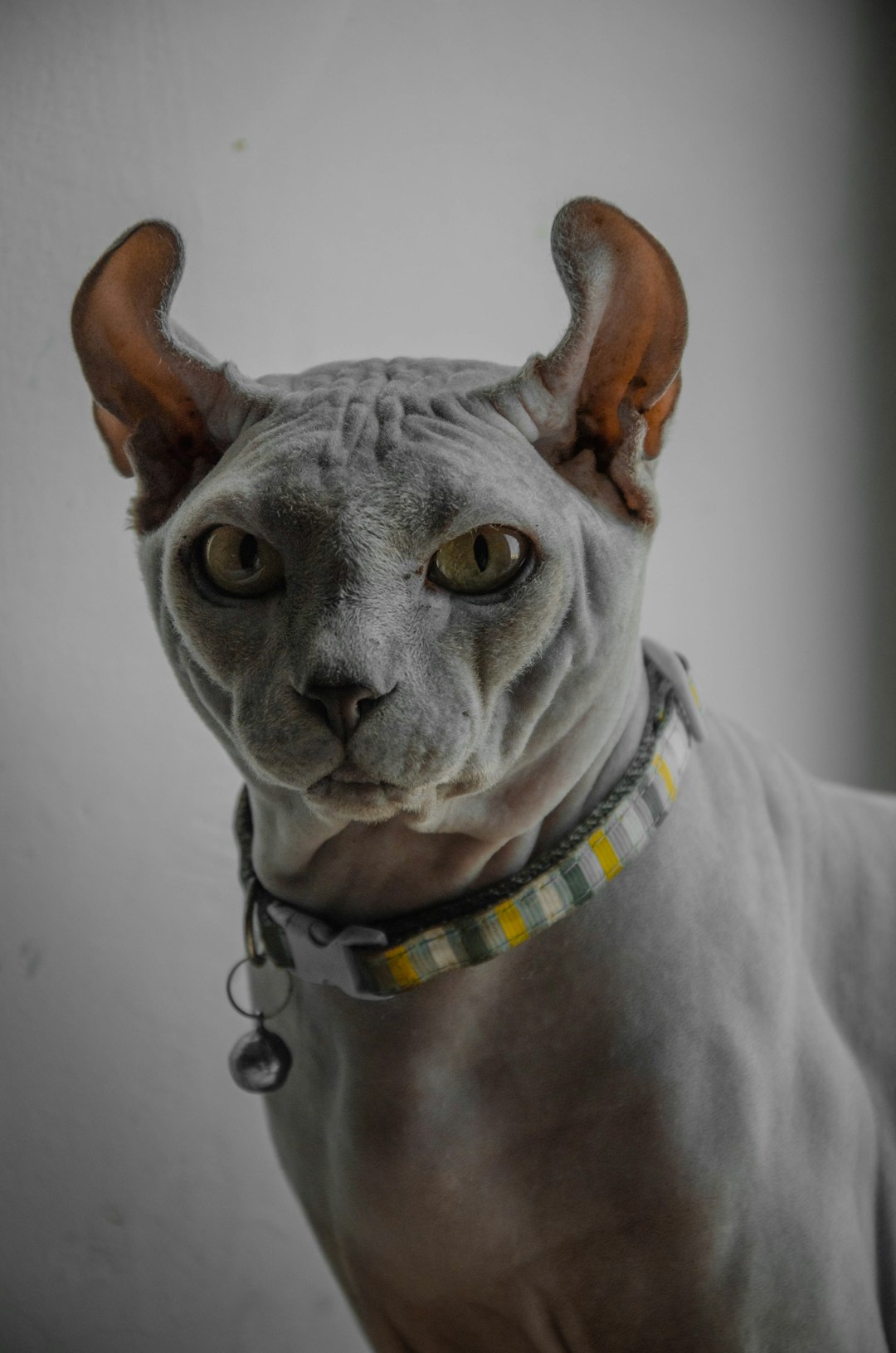Orange cats possess a charm that captivates many feline enthusiasts. Their distinct personalities often blend playful antics with endearing sociability, making orange cat behavior particularly fascinating to observe. Understanding why these cats exhibit such unique traits involves exploring their genetic background alongside environmental influences. From their high energy levels to their distinctive vocalizations, orange cats showcase behaviors that can vary significantly from other breeds. As we delve deeper into this vibrant world of orange cats, you’ll discover what truly makes them stand out among their peers.
Understanding the Personality of Orange Cats
Orange cats, often known for their striking color, generally exhibit delightful and engaging personalities. Unique orange cat behavior traits make them stand out among their feline peers. Key characteristics include:
- Affectionate Nature: Orange cats are commonly known to be more sociable and loving, seeking human interaction and affection.
- Playful Spirit: Their playful demeanor often remains robust even into adulthood, enticing them to engage in various activities.
- Curiosity: These cats possess a high level of curiosity, eagerly exploring their environment and investigating new objects.
- Intelligence: Many orange cats display cleverness, often learning tricks or solving puzzles more quickly than others.
Comparison of Orange Cats vs. Other Color Cats
| Trait | Orange Cats | Other Color Cats |
|---|---|---|
| Affection Level | High | Variable |
| Playfulness | Very High | Moderate to High |
| Curiosity Level | High | Variable |
| Intelligence | Above Average | Average |
Understanding orange cat behavior can deepen your bond with these charming companions, providing insights into their needs and preferences. By recognizing their personality traits, you can better cater to their unique nature.
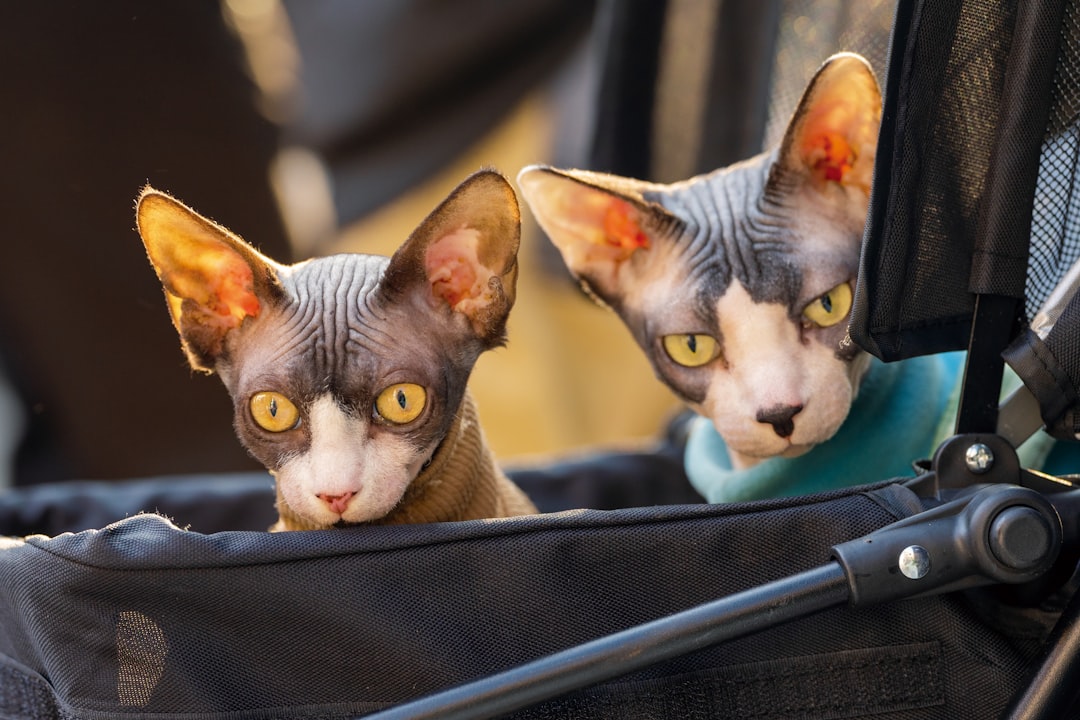
Common Behavioral Traits of Orange Cats
Orange cat behavior is often characterized by several distinctive traits that set them apart from other feline companions. Here are some common characteristics to keep an eye on:
- Affectionate Nature: Orange cats typically exhibit loving behavior toward their owners. They often enjoy cuddling and seeking attention.
- Playful Spirit: These felines tend to inherit a playful demeanor, engaging in various activities such as chasing toys or pouncing on imaginary prey.
- Curiosity: An inquisitive nature is common. Orange cats frequently explore their environment and investigate new objects or sounds.
- Vocalization: Many orange cats have a unique vocal style. They might "talk" more than other breeds, expressing their needs with a communicative meow or purr.
Comparison of Behavioral Traits
| Trait | Orange Cats | Other Breeds |
|---|---|---|
| Affectionate | High | Varies (often lower) |
| Playfulness | High | Medium to High |
| Curiosity | Very High | Medium |
| Vocalization | Frequent | Less frequent |
Understanding these traits is essential for any cat owner; it helps strengthen the bond with their orange cat and fosters a supportive environment tailored to their unique orange cat behavior.
The Influence of Genetics on Orange Cat Behavior
Genetics plays a crucial role in shaping the behavior of orange cats. Understanding these influences can help you create a better environment for your furry friend. Here are some key insights:
Color and Coat Genetics: Orange cats typically carry the gene for their unique color. This genetic predisposition can influence personality traits, often resulting in more friendly and affectionate behaviors.
Breed Characteristics: Many orange cats belong to specific breeds, such as the Domestic Shorthair or Maine Coon. Each breed comes with its own set of behaviors and temperaments that can affect the overall orange cat behavior. For instance:
- Maine Coons: Known for being gentle giants, they often exhibit playful and sociable behavior.
- Domestic Shorthairs: These cats may display a mix of behavioral traits, depending on their lineage.
Neurotransmitter Levels: Certain genes can influence the levels of neurotransmitters in the brain, which affects mood and behavior. This may lead to a general tendency towards being laid-back or, conversely, more active.
In conclusion, the influence of genetics on orange cat behavior significantly contributes to their unique and lovable personality. Understanding these traits can enhance your relationship with your feline companion.
Playfulness and Activity Levels in Orange Cats
When it comes to orange cat behavior, these felines often display a unique exuberance that sets them apart. Generally, orange cats are known for their high energy and playful nature. Here’s a closer look:
- Active Play: Orange cats thrive on interaction and enjoy engaging in various play activities. They often chase toys, leap around, and enjoy games of hide-and-seek.
- Curiosity: Their inquisitive nature means they frequently explore their environment, investigating any nook and cranny.
- Social Play: These cats often prefer to play with humans rather than alone, showcasing their sociable disposition.
Here’s a quick comparison of activity levels among different cat colors:
| Cat Color | Playfulness Level | Social Play Tendency |
|---|---|---|
| Orange | High | High |
| Tabby | Moderate | Moderate |
| Black | Low | Low |
In summary, orange cat behavior reflects a playful and active demeanor, making them delightful companions. Understanding these traits can help you provide an enriching environment that matches their energetic lifestyle.
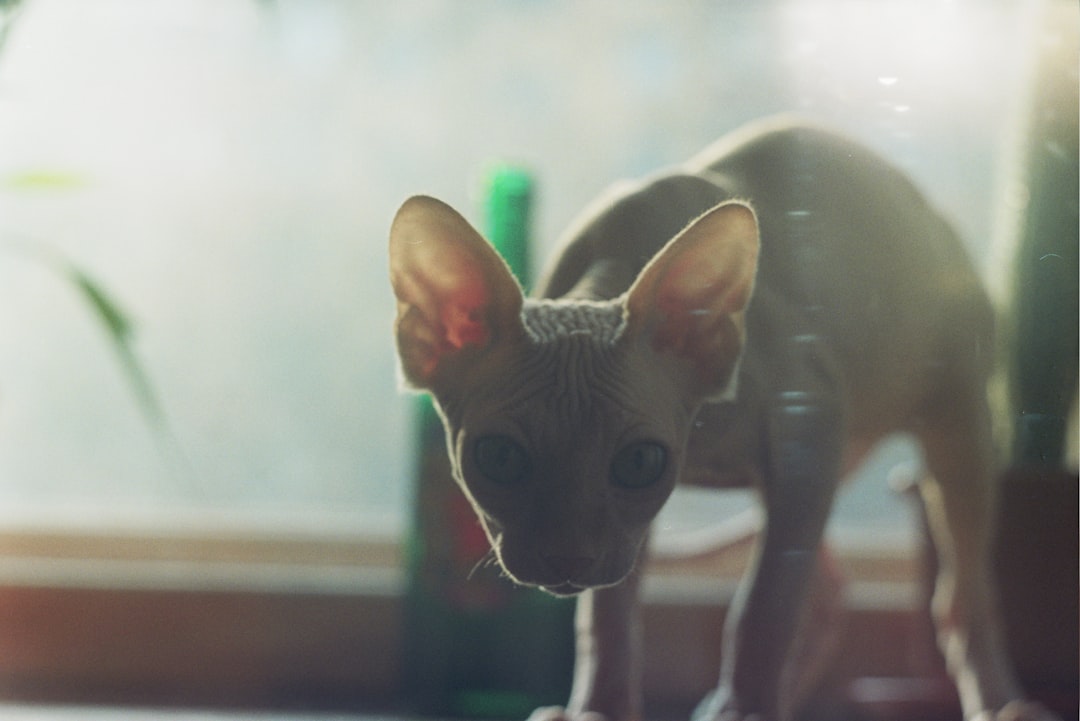
Socialization and Interaction with Humans
When it comes to orange cat behavior, socialization plays a crucial role in shaping their interaction with humans. Generally, orange cats exhibit a friendly and affectionate demeanor, often seeking companionship. Here are some notable traits associated with their socialization:
- Affectionate Nature: Many orange cats thrive on human interaction. They frequently purr and rub against their owners to show affection.
- Playful Engagement: These cats tend to engage in playful behavior, making them a joy to interact with. They often enjoy games that involve chasing toys or even engaging in a gentle wrestling match.
- Vocal Communication: Orange cats are known for their distinct vocalizations. They may meow more frequently to get attention or express their needs.
| Trait | Orange Cats | Other Colors |
|---|---|---|
| Affection Level | High | Varies |
| Playfulness | High | Moderate |
| Vocalization Frequency | Frequent | Infrequent |
In summary, understanding orange cat behavior can enhance the bond between them and their human companions. These social and interactive traits make orange cats especially delightful pets.
Vocalization Patterns Unique to Orange Cats
Orange cat behavior often includes distinctive vocalization patterns that set them apart from other felines. Understanding these sounds can enhance your bond with your orange cat. Here are some common vocalizations:
- Purring: A regular sign of contentment, orange cats may purr loudly when happy.
- Meowing: Unlike many cats, orange cats often engage in lengthy conversations with their owners. Expect various tones indicating excitement, hunger, or a request for attention.
- Chirping: This sound can indicate curiosity or excitement, especially when they see birds or other animals.
- Hissing or Growling: These vocalizations signify discomfort or a warning, demonstrating that your cat is not in the mood for interaction.
Comparatively, orange cats may vocalize more than other breeds, making their communication style unique. Keep in mind the following:
| Vocalization | Meaning | Frequency |
|---|---|---|
| Purring | Contentment | High |
| Meowing | Attention-seeking or greeting | Very high |
| Chirping | Curiosity or excitement | Medium |
| Hissing/Growling | Discomfort or warning | Low to medium |
By observing and responding to these vocalizations, you can better understand your orange cat behavior and strengthen your relationship.
Health Considerations Affecting Behavior
When it comes to understanding orange cat behavior, health plays a crucial role. Common health issues can significantly affect how these cats interact with their environment and their owners. Here are key considerations:
Diet and Nutrition: An improper diet can lead to obesity, affecting energy levels and activity. Ensure your orange cat receives a balanced diet tailored to their age and health needs.
Dental Health: Poor dental hygiene can lead to pain and irritability. Regular dental check-ups encourage healthy eating and playfulness.
Pain Management: Conditions like arthritis or injuries can cause behavioral changes. Cats may become withdrawn or irritable when in pain.
Stress and Anxiety: Changes in the home environment can lead to stress, triggering unwanted behaviors such as aggression or excessive vocalization.
Understanding these health considerations allows cat owners to adapt to their orange cat’s shifting needs. By addressing health issues promptly, you can help maintain a happy and well-adjusted pet, enhancing their unique behaviors and overall well-being. Keep observing your orange cat behavior to identify any changes that might indicate underlying health concerns.
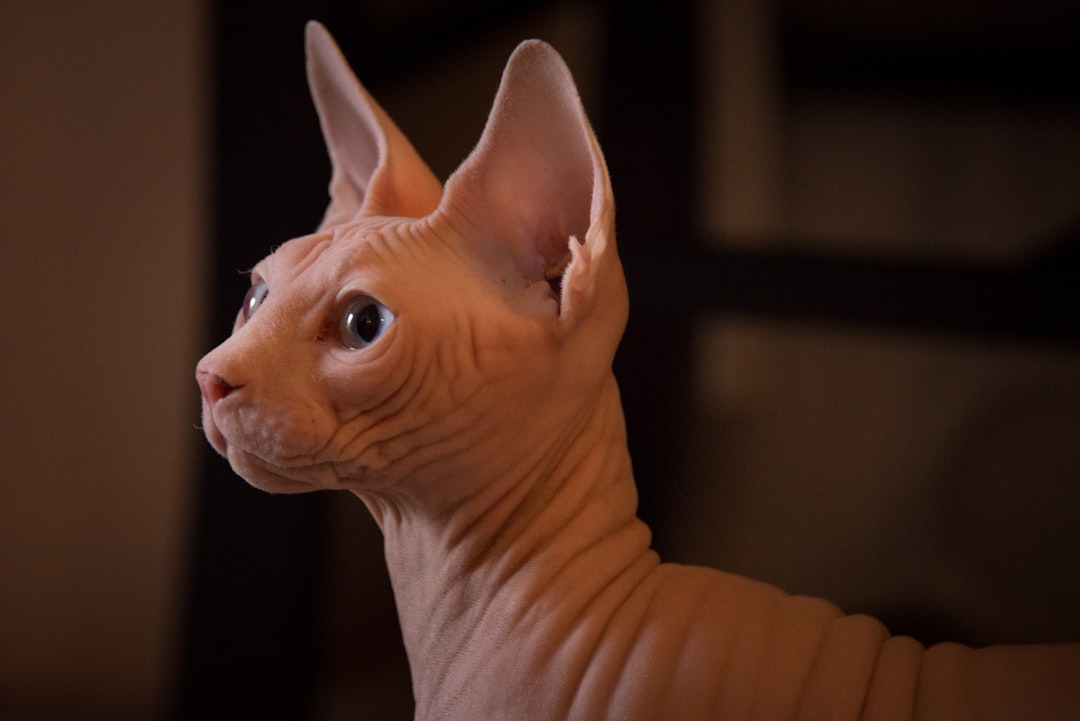
Tips for Caring for Your Orange Cat Based on Their Behavior
Understanding orange cat behavior can significantly enhance your bond with your feline friend. Here are some essential tips to help you provide optimal care tailored to their unique behaviors:
Engage in Play: Regular play sessions stimulate your cat’s playful nature. Use interactive toys that mimic hunting to satisfy their instinctual needs.
Provide Climbing Options: Orange cats often enjoy exploring their environment. Consider cat trees or shelving to encourage climbing and keep them active.
Social Interaction: Recognize that many orange cats are social. Offer them companionship by spending quality time together, whether through petting or simply sitting nearby.
Monitor Vocalization: Be attentive to their vocal patterns. If your orange cat becomes more vocal, it could indicate a desire for attention or a potential issue that needs addressing.
Regular Health Checks: Pay attention to any changes in behavior. These can signal health concerns. Routine vet visits are crucial to keeping your cat healthy.
By adapting your care approach based on their behavior, you can foster a happier and healthier environment for your orange cat.
Frequently Asked Questions
What are some common personality traits of orange cats?
Orange cats are often noted for their friendly and social personalities. Many owners report that their orange felines are affectionate, playful, and enjoy being around people and other pets. These cats tend to be warm and engaging, often seeking out attention and companionship. This outgoing nature may stem from genetics, as many orange cats are tabbies, which are known for their sociable demeanor.
Are orange cats more prone to specific health issues?
While the color of a cat does not inherently dictate its health, certain breeds commonly seen in orange cats, such as the Domestic Shorthair or Maine Coon, can be predisposed to specific health conditions. For instance, Maine Coons might have a genetic susceptibility to hypertrophic cardiomyopathy, a heart condition. Regular vet check-ups, a balanced diet, and active lifestyles can help mitigate these risks for any cat regardless of color.
Do orange cats have unique behavioral characteristics compared to other colors?
While every cat has its own unique personality, orange cats are often perceived as more sociable and assertive compared to cats of other colors. Some studies suggest that orange tabbies, in particular, exhibit behaviors that suggest higher levels of playfulness and friendliness. However, it’s essential to remember that factors such as individual personality, environment, and upbringing also heavily influence behavior, making generalizations challenging.
How can I make my orange cat feel more comfortable and secure?
Creating a comfortable environment for your orange cat involves several factors: providing a safe space, such as a cat tree or cozy bed, engaging them with interactive toys, and establishing a routine for feeding and play. Additionally, ensuring access to clean litter and fresh water is crucial. Positive reinforcement through treats, cuddles, and playtime will help build trust, making your cat feel more secure in their home.


